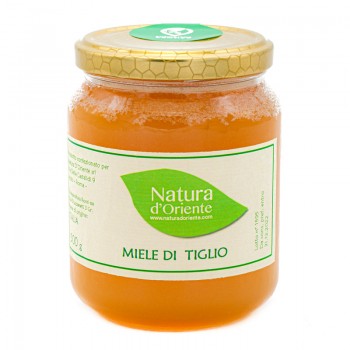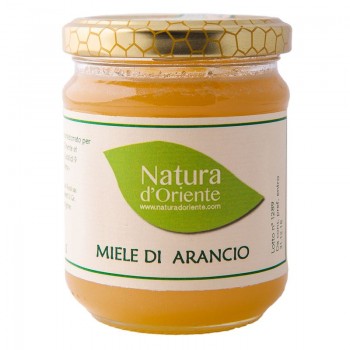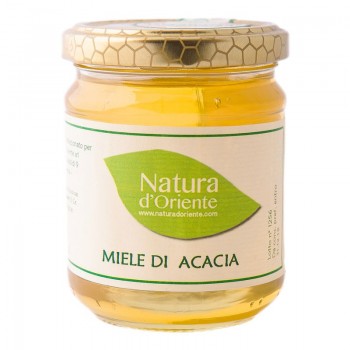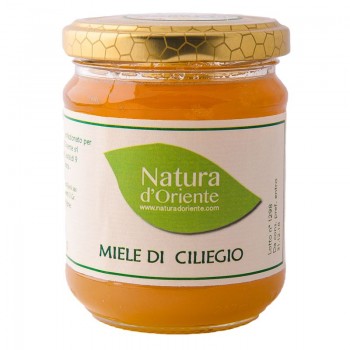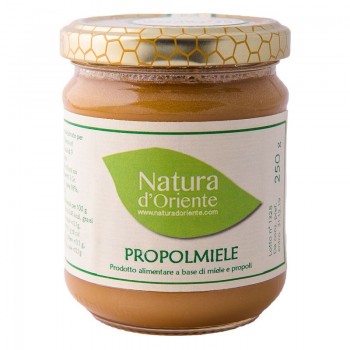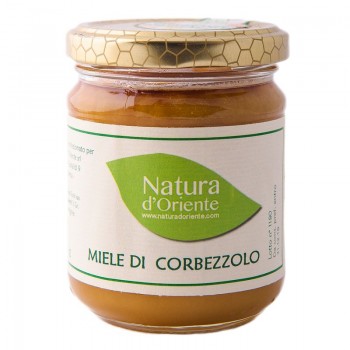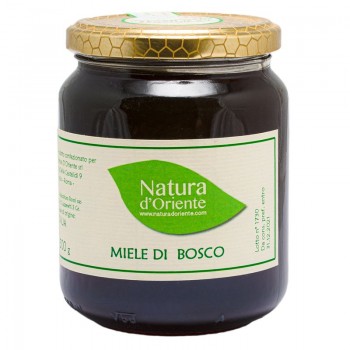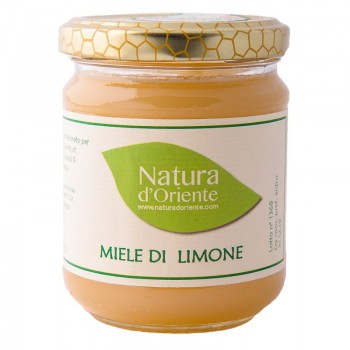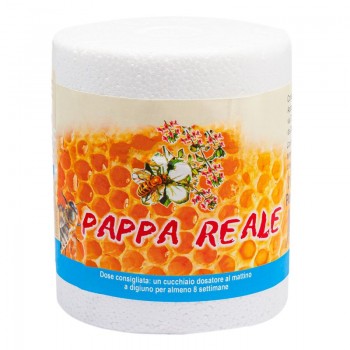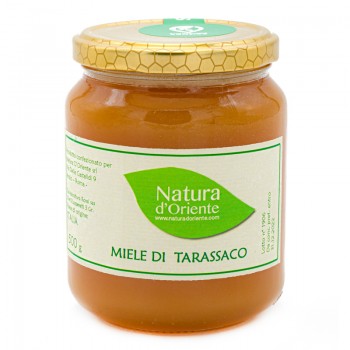Multi-flower honey is by far the most widely used type of honey on the market and is the most widely used natural sweetener in Italy. Highly appreciated as a remedy for respiratory ailments, but there are multi-flowers and multi-flowers, let's see what we mean.
Characteristics of multi-flower honey
Obviously multi-flowers means that honey is the result of the transformation by bees of pollen from different flowers and therefore there can be various types depending on the mixture of pollen. Upstream of the honey that is placed on the market with the label "millefiori" there is however a fundamental difference: millefiori honey can be the result of industrial mixing of different types of honey or it can be a natural mixture because the bees that produced the honey had a wide variety of different flowers available.
Being essentially a mixture, millefiori honeys could be infinite, but some common characteristics can be identified, first of all precisely because it is a mixture it will have a more intense taste and color compared to the more delicate types of monofloral honeys. Among the different millefiori honeys (we are talking about natural millefiori and not industrial mixtures) obviously the place of production will be an important discriminant, the honey derived from the pollen of the Alpine flora will have a different taste from that obtained in Mediterranean areas.
Another difference that allows us to group millefiori honeys into two large categories is given by the color, more or less dark. This difference in color has nothing to do with the place of production, but rather the result of the production period, the light one with a less intense flavor is harvested in spring and early summer, the dark one in late summer.
Beneficial properties of multi-flower honey
As for the above regarding the organoleptic characteristics, as for the beneficial properties, the multi-flower honey, being a mixture of different pollens, is the type of honey that boasts the most, in fact in addition to the well-known properties useful against respiratory ailments, it is also considered a liver-friendly purifier, a friend of the skin and even useful for mitigating allergies. Returning to the two different macro-categories (dark and light) there should not be big differences even if there are those who believe that the dark one would be richer in mineral salts.
Finally, a curiosity: but if the natural multi-flower honey is better than the industrial mixtures of mono-floral multi-flower honey, why do companies produce these mixtures? Essentially for two reasons, the first is banal and you will have understood, trying to lower prices, the second is "the fault" of us consumers, the industrial blends obtained from monofloral honeys naturally allow you to always have the same identical result in terms of organoleptic characteristics, something obviously impossible with the natural blends resulting from the bees' foraging on a wide variety of flowers in the same period.
Our honey is a natural multi-flower honey, handcrafted in Italy.
![]()



 No reward points for this product.
No reward points for this product.


